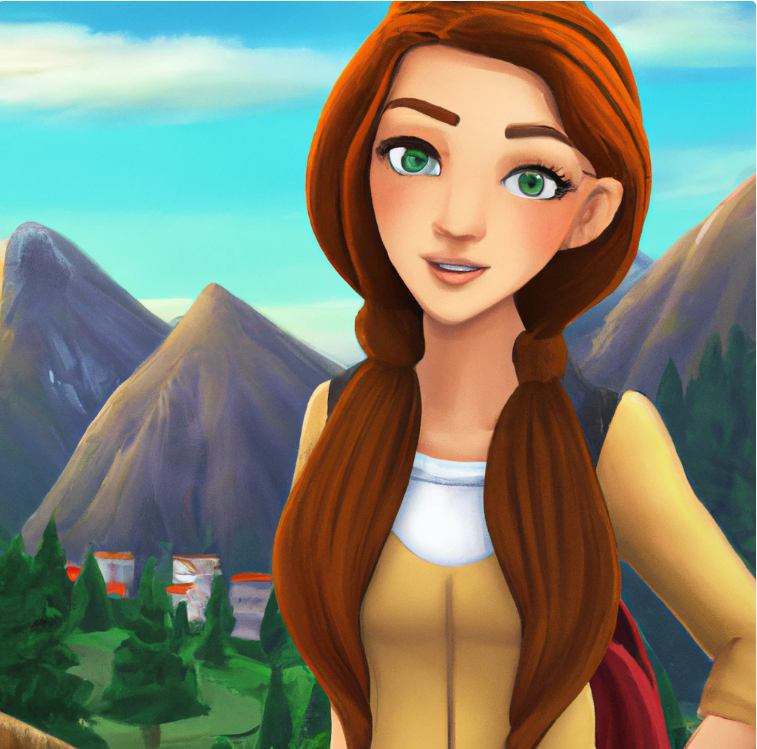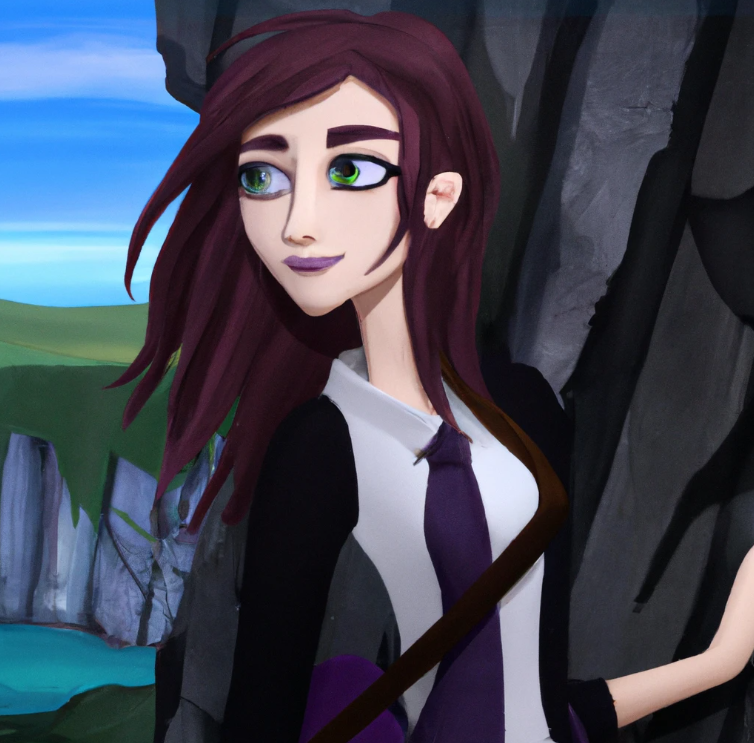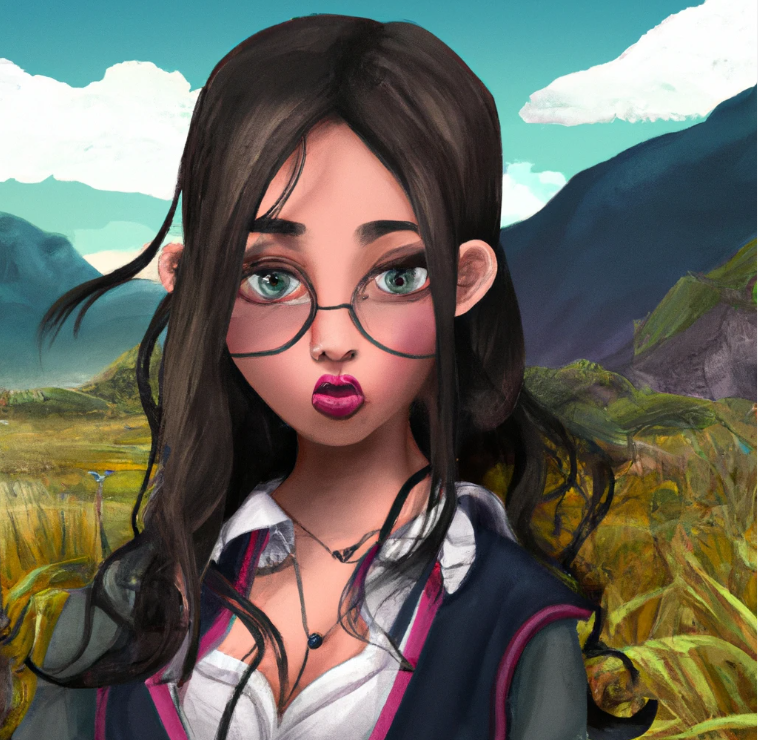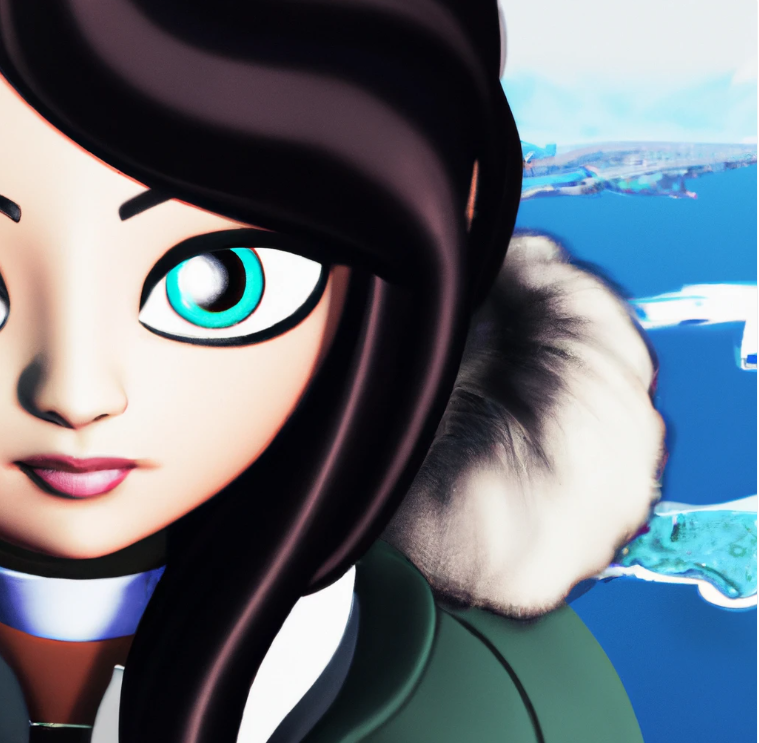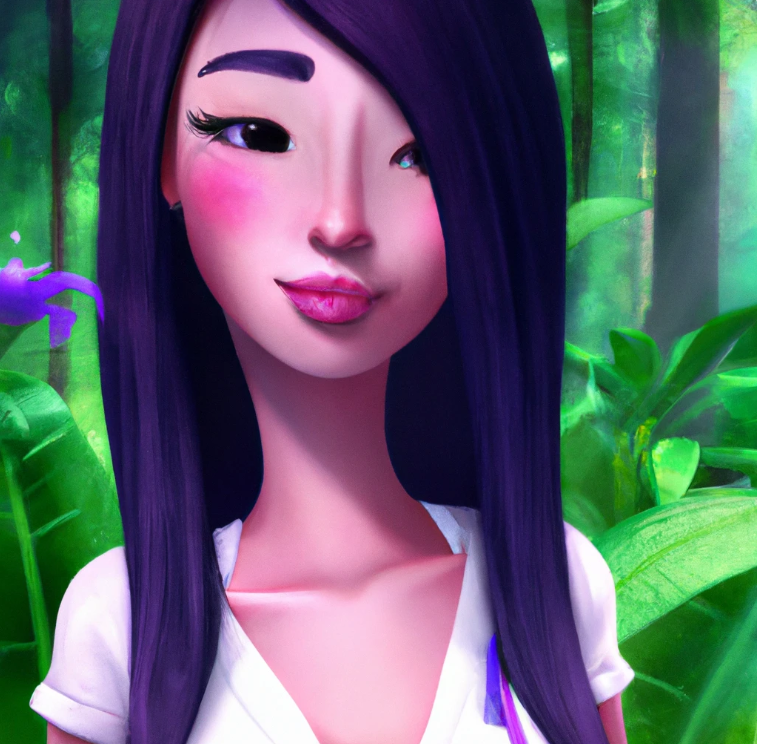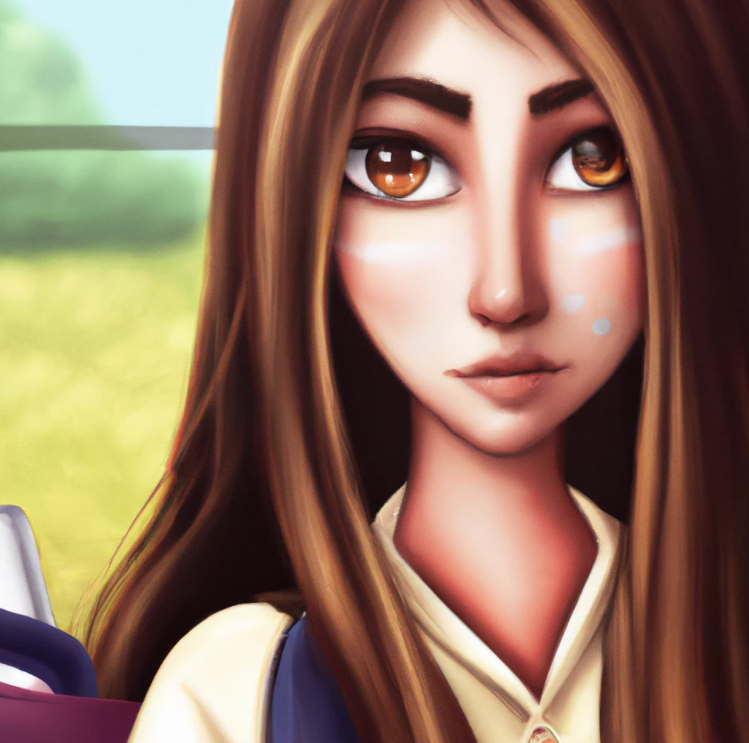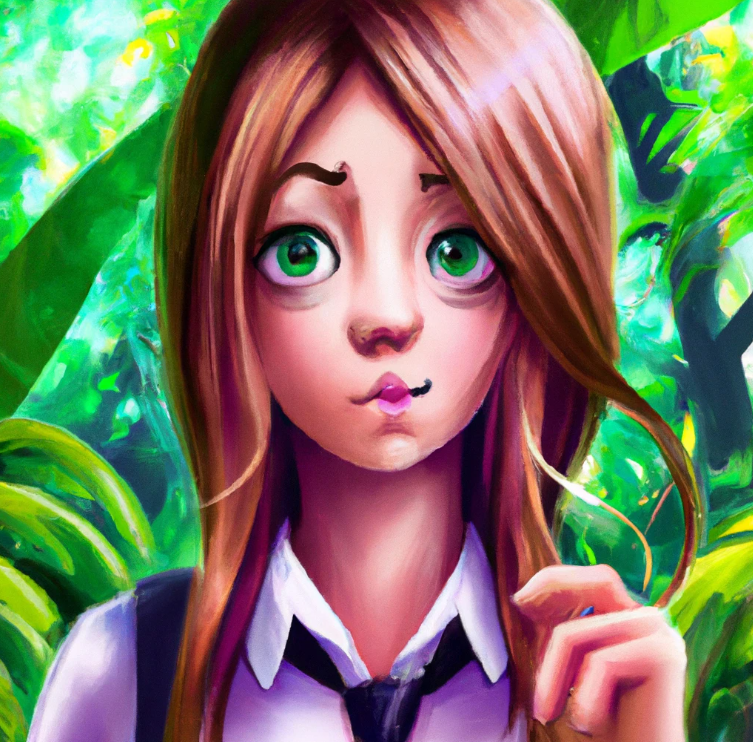Ai art generator
Ai art generator: Art has been a staple of human creativity for thousands of years, with each new generation building upon the works of those that came before. But what happens when we introduce artificial intelligence to the mix? Enter AI art generators.
Ai art generator
AI art generators are exactly what they sound like – algorithms and computer programs that use machine learning to create unique pieces of art. The results can range from the abstract and surreal to the photorealistic, and they’re changing the way we think about what constitutes “art.”
AI art generators Speed
One of the most fascinating things about AI art generators is the sheer speed at which they can create. Whereas a human artist might spend days or even weeks on a single piece, an AI generator can crank out multiple pieces in just minutes. This is because the algorithms are able to analyze and process vast amounts of data, allowing them to make decisions about color, composition, and style much faster than a human ever could.
Unpredictability of their output
But it’s not just speed that makes AI art generators so compelling – it’s also the unpredictability of their output. Unlike a human artist, who has a certain style and way of working, AI art generators can produce wildly different results each time they’re run. This means that every piece of AI art is unique and one-of-a-kind, making them highly sought after by collectors and art enthusiasts.
How exactly do AI art generators work?
So, how exactly do AI art generators work? In simple terms, they’re fed a dataset of images, which they then use to train a neural network. This network then creates its own “representation” of what it thinks an image should look like, based on the examples it was given. Once it’s been trained, the network can then be used to generate new images, which can be further refined by adjusting the parameters of the algorithm.
Style transfer
One of the most popular types of AI art generators are “style transfer” algorithms. These algorithms take two images – one of the “style” and one of the “content” – and merge them together to create a single, unique piece of art. For example, you could take a photo of the Eiffel Tower and apply the style of Vincent van Gogh’s “Starry Night” to it, resulting in a new, never-before-seen image.
GAN or Generative adversarial network
Another type of AI art generator is called a “GAN,” or generative adversarial network. These algorithms work by having two neural networks working together – one generates an image, while the other evaluates it and provides feedback. Over time, the generator gets better at producing images that fool the evaluator into thinking they’re real, leading to increasingly sophisticated and realistic pieces of AI art.
Suspicion
Despite the excitement around AI art generators, there are still some who view them with suspicion. Some argue that, because the art is created by a machine, it lacks the soul and creativity of works created by human artists. Others worry that AI art generators will eventually put human artists out of work, much like how automation has impacted other industries.
Simply another tool
However, it’s worth noting that AI art generators are not meant to replace human artists – they’re simply another tool in the creative arsenal. Just like how digital cameras and photo editing software have made photography more accessible and democratized, AI art generators are allowing more people to experiment with and enjoy art in new and exciting ways.
Conclusion
In conclusion, AI art generators are a fascinating and rapidly growing field that’s changing the way we think about art and creativity. Whether you view them as a threat or an opportunity, there’s no denying that they’re here to stay, and that they’re going to continue to push the boundaries of what’s possible in the world of art.
By the way interested in making money from the comfort of your home? Here is an all in one platform that has everything that is needed to start.
